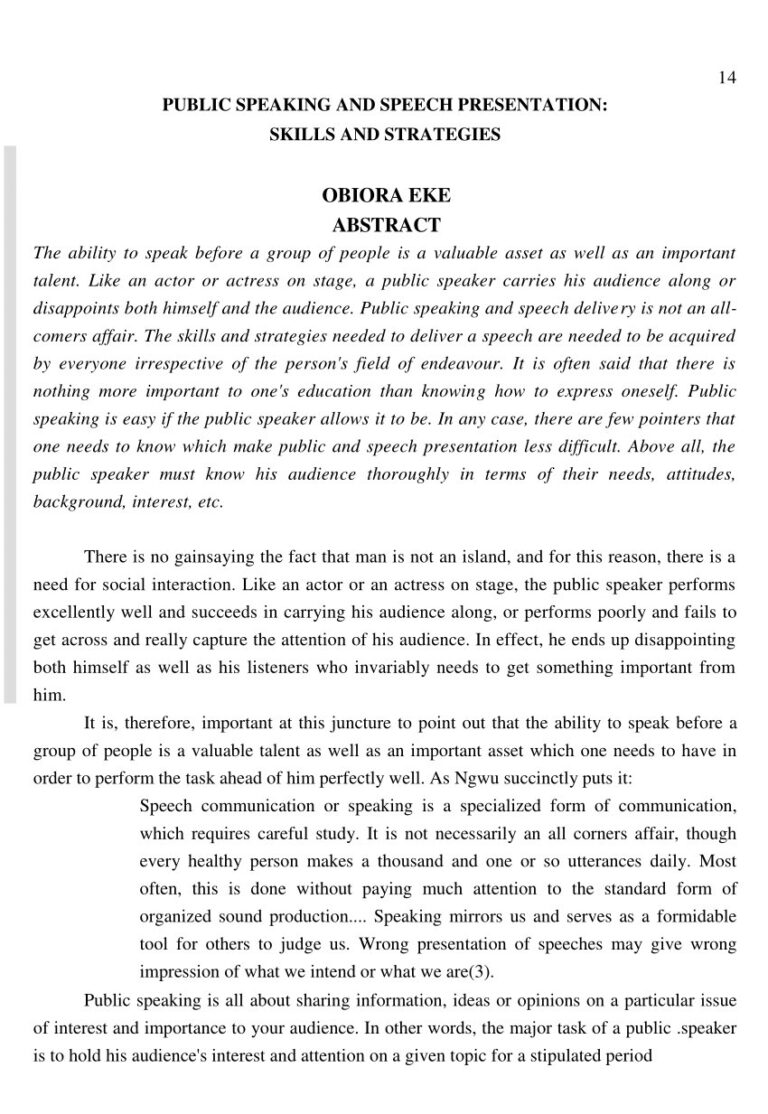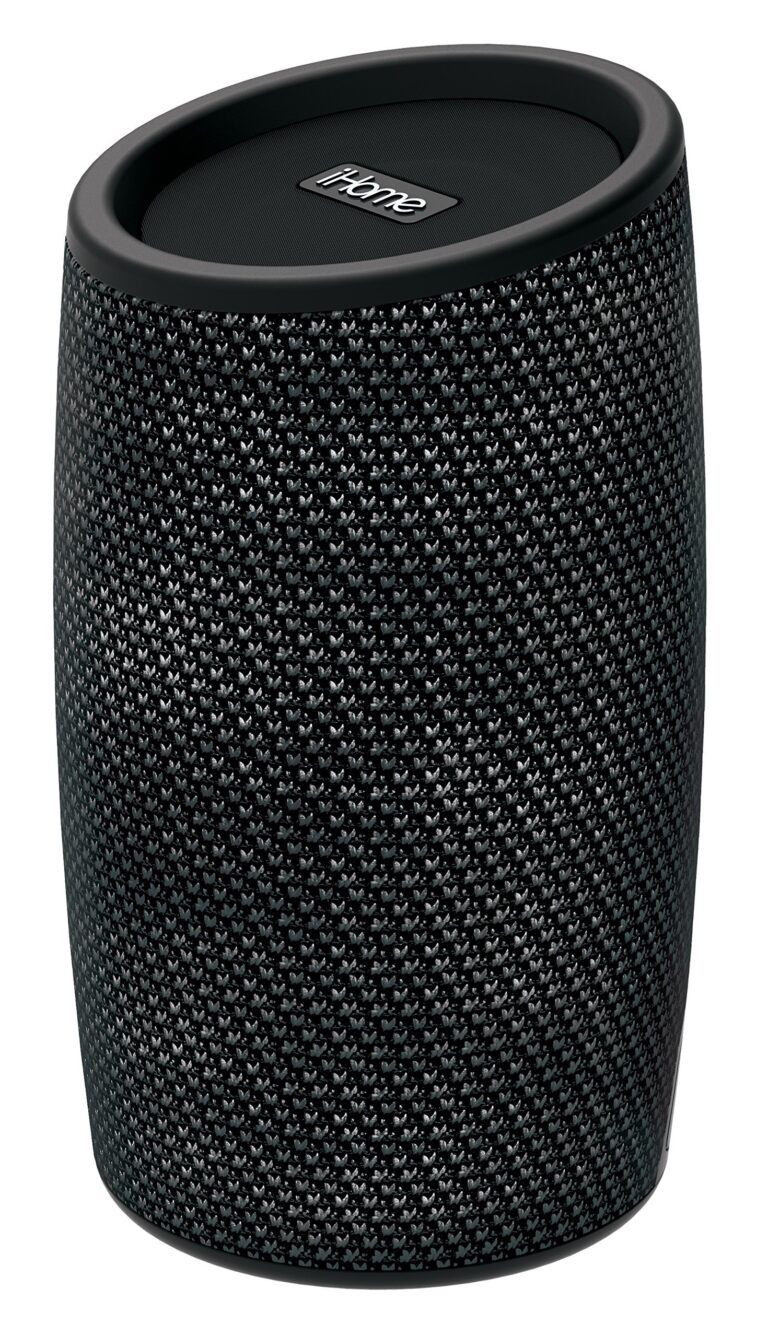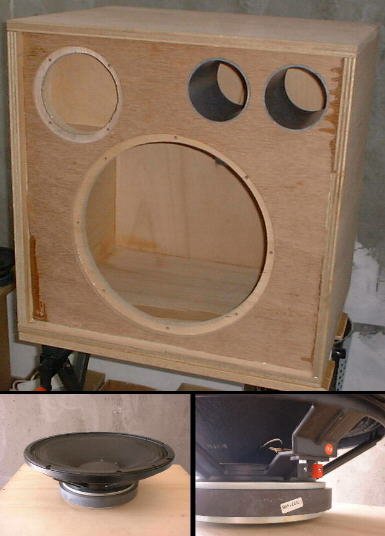Easy Steps To Clean Speaker Grills: A Complete Guide
Are you tired of dealing with dirty and clogged speaker grills? Wondering how to clean them effectively without any hassle? Well, look no further! In this article, we will guide you through simple yet efficient methods to clean your speaker grills, ensuring optimum sound quality and longevity. Say goodbye to muffled audio and hello to crystal-clear sound by learning the best techniques on how to clean speaker grills. Let’s dive right in and get those grills looking and sounding their best!
How to Clean Speaker Grills: A Comprehensive Guide
Speaker grills play a crucial role in the performance and longevity of your speakers. Over time, they can accumulate dust, dirt, and grime, affecting the sound quality and overall aesthetics. Cleaning your speaker grills regularly not only helps maintain their appearance but also ensures optimal audio performance. In this comprehensive guide, we will walk you through the step-by-step process of cleaning your speaker grills effectively. Let’s dive in!
Gather the Necessary Supplies
Before you begin cleaning your speaker grills, it’s essential to gather all the necessary supplies to ensure a thorough and safe process. Here’s a list of items you’ll need:
- Soft microfiber cloth
- Lint-free cloth
- Canned air or a soft brush
- Mild dish soap or a speaker grill cleaner
- Water
- Screwdriver (if the grills are removable)
Identify the Type of Speaker Grill
There are different types of speaker grills, and the cleaning methods may vary depending on the material. The two most common types of grills are:
- Fabric Speaker Grills: These grills are commonly found on bookshelf speakers and are made of fabric or cloth-like material.
- Metal Speaker Grills: Metal grills are more robust and durable. They are often found on floor-standing speakers or high-end audio equipment.
Cleaning Fabric Speaker Grills
Fabric speaker grills require a gentle touch to avoid damaging the material. Here’s a step-by-step process to clean fabric speaker grills:
- Start by unplugging your speakers and removing them from the audio system.
- If possible, detach the fabric grill from the speaker. Most fabric grills are held in place by plastic snaps or Velcro.
- Once removed, gently tap the grill to loosen any loose debris. You can do this by lightly hitting the back of the grill with your hand.
- Use a soft brush or a can of compressed air to remove any dust or debris trapped in the grill’s crevices. Hold the can of compressed air upright to prevent any liquid from coming out.
- Fill a sink or basin with warm water. Add a few drops of mild dish soap and mix until it creates a soapy solution.
- Place the fabric grill in the soapy water and gently agitate it to loosen any dirt. Avoid scrubbing forcefully to prevent damage to the fabric.
- Rinse the grill under running water until all the soap residue is removed. Ensure not to immerse electronic components in water.
- Pat the grill dry with a lint-free cloth or leave it to air dry. Make sure it is completely dry before reattaching it to the speakers.
- If the grill is not removable, use a soft microfiber cloth to wipe it gently. Be careful not to apply excessive pressure to avoid pushing dirt into the fabric.
Cleaning Metal Speaker Grills
Metal speaker grills are generally more durable and easier to clean compared to fabric grills. Follow these steps to clean metal speaker grills effectively:
- Start by disconnecting the speakers from the power source and audio system.
- Inspect the grill for any loose debris or dust. If there are any noticeable clumps of dirt, use a can of compressed air or a soft brush to remove them.
- Fill a basin or sink with warm water and add a few drops of mild dish soap. Mix until it creates a soapy solution.
- Dampen a soft microfiber cloth in the soapy water and gently wipe the metal grill. Pay attention to any stubborn stains or dirt on the surface.
- Rinse the cloth thoroughly and wipe the grill again, this time with plain water, to remove any soap residue.
- Use a clean, lint-free cloth to dry the grill completely.
- If there are any intricate patterns or hard-to-reach areas on the grill, use a soft brush to gently clean them.
Cleaning Speaker Grills that Cannot be Removed
In some cases, speaker grills are not designed to be removable. Cleaning them requires a slightly different approach. Here’s what you can do:
- Start by unplugging the speakers and disconnecting them from the audio system.
- Use a soft microfiber cloth to wipe the grill gently. Ensure you cover the entire surface area.
- For hard-to-reach areas, use a soft brush or a can of compressed air to dislodge the dust or debris.
- If there are stubborn stains or dirt on the grill, dampen the cloth with a small amount of mild dish soap and gently clean the affected areas.
- Rinse the cloth thoroughly and wipe away any soap residue.
- Dry the grill completely with a lint-free cloth before reconnecting the speakers.
Tips for Maintaining Speaker Grills
Regular maintenance can prolong the lifespan of your speaker grills and keep them looking pristine. Here are some tips to help you maintain your speaker grills:
- Dust them regularly: Use a soft brush or a microfiber cloth to dust the grills at least once a week, especially if they are exposed.
- Keep them away from moisture: Avoid placing speakers with fabric grills in damp or humid areas to prevent mold or mildew growth.
- Protect from pets and children: If you have pets or young children, consider using protective speaker grill covers to prevent damage or staining.
- Avoid using harsh chemicals: Stick to mild dish soap or specialized speaker grill cleaners when cleaning. Harsh chemicals can damage the material.
- Check for damage: Regularly inspect your speaker grills for any tears, holes, or damage. Replace them if necessary to maintain optimal sound quality.
Cleaning your speaker grills not only improves their appearance but also ensures that you’re getting the best audio experience from your speakers. By following the steps outlined in this guide, you can keep your speaker grills in top shape for years to come. Happy cleaning!
Frequently Asked Questions
How can I clean the speaker grills?
To clean the speaker grills, you can follow these steps:
What materials do I need to clean the speaker grills?
To clean the speaker grills, you will need the following materials:
Can I use water to clean the speaker grills?
It is not recommended to use water directly on the speaker grills. Instead, you can slightly dampen a cloth or sponge to wipe away any dirt or dust.
How do I remove stubborn stains from the speaker grills?
If there are stubborn stains on the speaker grills, you can try using a mild detergent mixed with water. Dampen a cloth with the solution and gently scrub the affected area.
Should I remove the speaker grills before cleaning?
In most cases, it is advisable to remove the speaker grills before cleaning. This allows for a more thorough cleaning and prevents any damage to the speakers themselves. Consult the user manual or the manufacturer’s guidelines for instructions on how to remove the grills properly.
How often should I clean the speaker grills?
The frequency of cleaning the speaker grills depends on factors such as the environment and usage. It is recommended to clean them at least once every few months or as needed to maintain optimal sound quality.
Final Thoughts
To clean speaker grills, start by removing the speaker cover if it’s detachable. Use a compressed air canister or a vacuum cleaner to remove any loose dirt or debris. For stubborn grime, dampen a microfiber cloth with a mixture of mild soap and water, then gently wipe the grills in a circular motion. Avoid using abrasive materials or excessive moisture, as this can damage the speakers. Finish by wiping the grills dry with a clean cloth. Regular cleaning of speaker grills will help maintain audio quality and prolong the life of your speakers.




